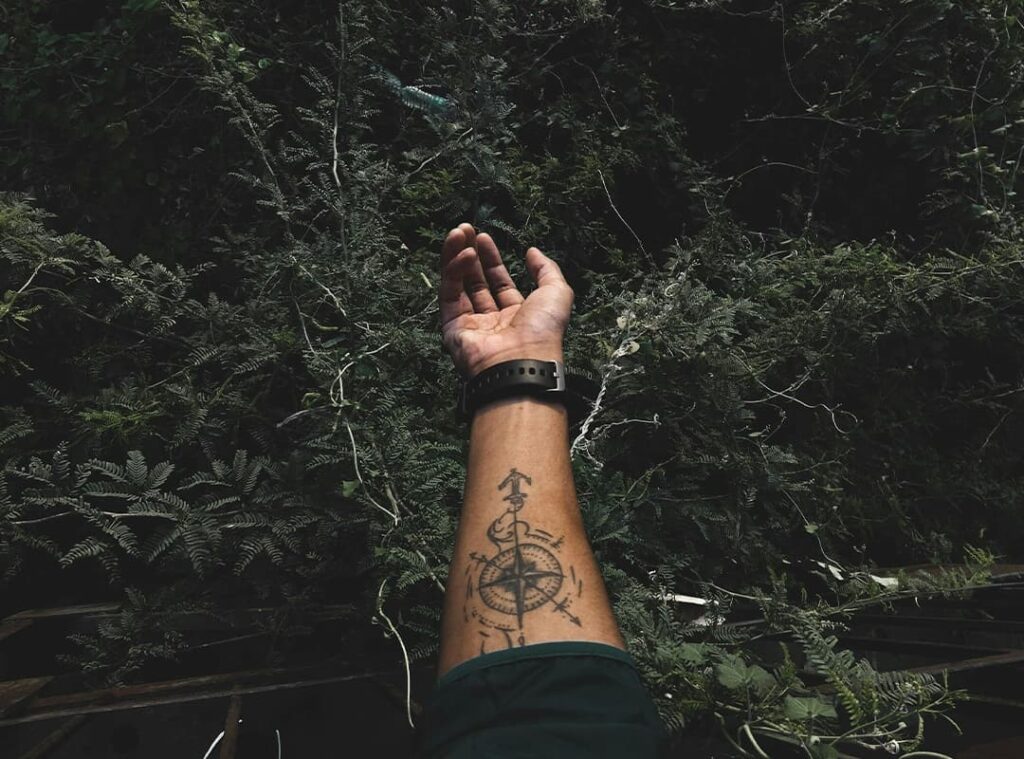Orienteering is a sport that emphasizes map reading on natural terrain. The discipline was developed to offer everyone, including people with mobility impairments, a chance to participate in orienteering competitions on an equal footing with able-bodied athletes. Manual and electric wheelchairs, canes, and physical assistance from accompanying persons are allowed, as the speed of the course is not taken into account.
In trail orienteering, accuracy is important: from a distance, from the control observation point, you need to determine the correct position of the control sign according to the map and legend. The time of the course does not matter. The participant with the most correct answers wins. Since the observation point is located at a short distance from the control signs, and movement between observation points is allowed only on trails and roads, all participants, including those with mobility impairments, have equal conditions.
Means of transportation: For the Paralympic class, any means of transportation can be used, except for those equipped with an internal combustion engine. Physical assistance from the outside is also allowed.
Control card: in trail orienteering, a special control card is used, which provides the opportunity to choose the answer options at each control.
Map: the participant, reading the map, chooses from several control signs located on the ground the one that corresponds to the position of the control on the map and the legend.
Currently, the competitions are held in two classes: open (open to everyone, including Paralympians); Paralympic (open to participants with disabilities who have a certificate from the Medical Committee of the International Orienteering Federation). The European Orienteering Championships have been organized annually since 1994, every even numbered year since 2008, and the World Championships annually since 2004.
Rogaining
Rogaining is a sport in which teams, using a map and compass, must score the most points for passing a selection of control points from among those available in the competition area and marked on the map within a certain control time (from several hours to one day). Competitions are held both on foot and on skis.
